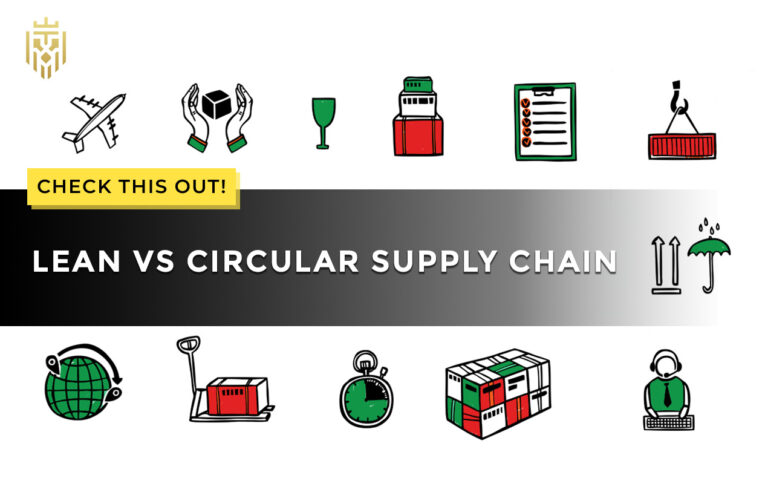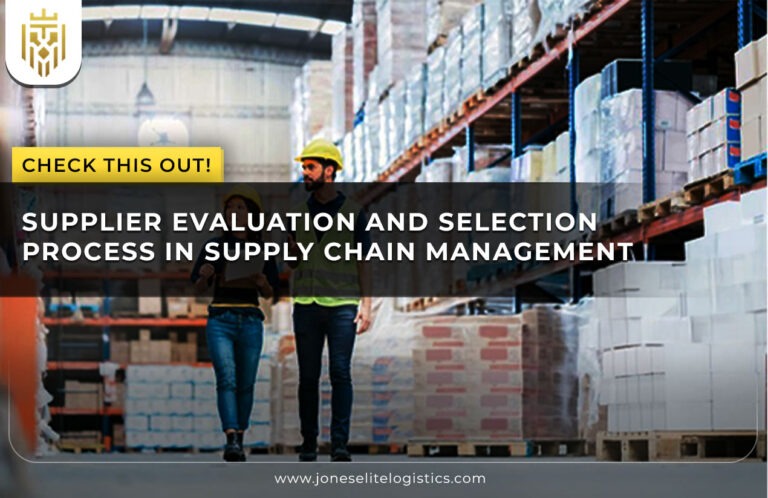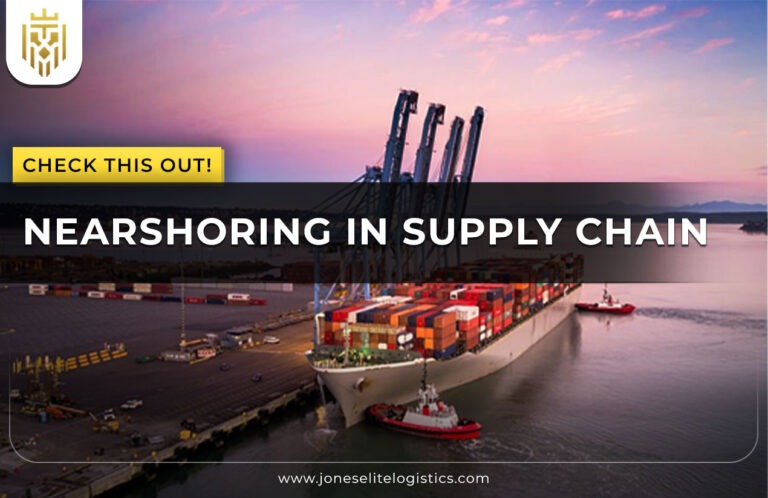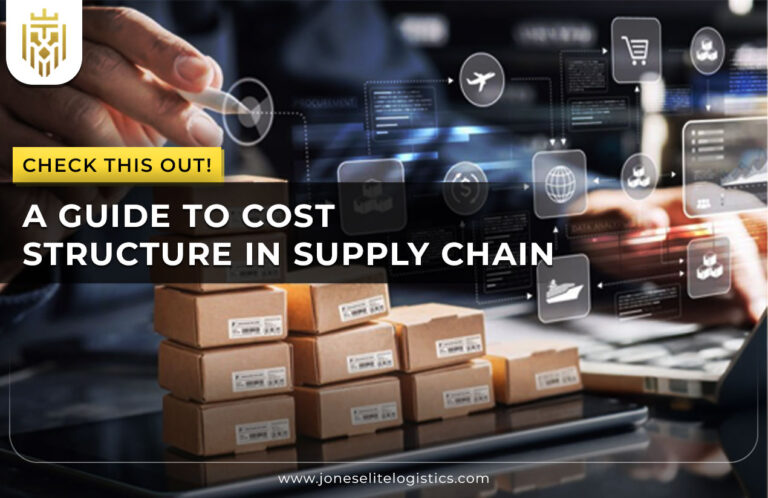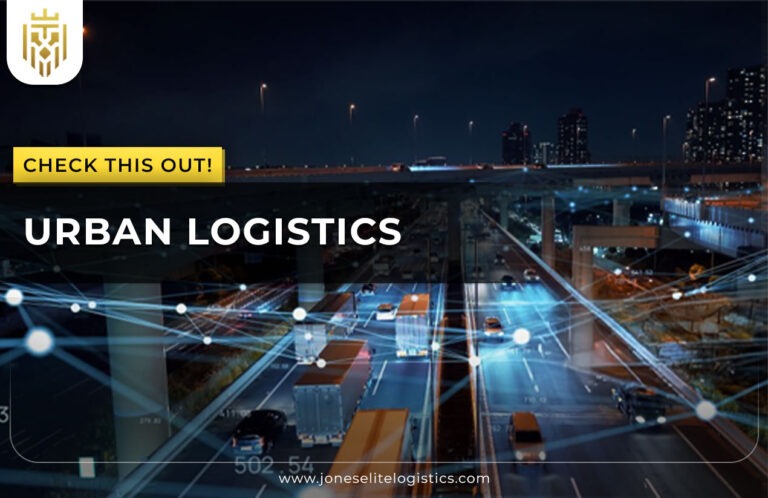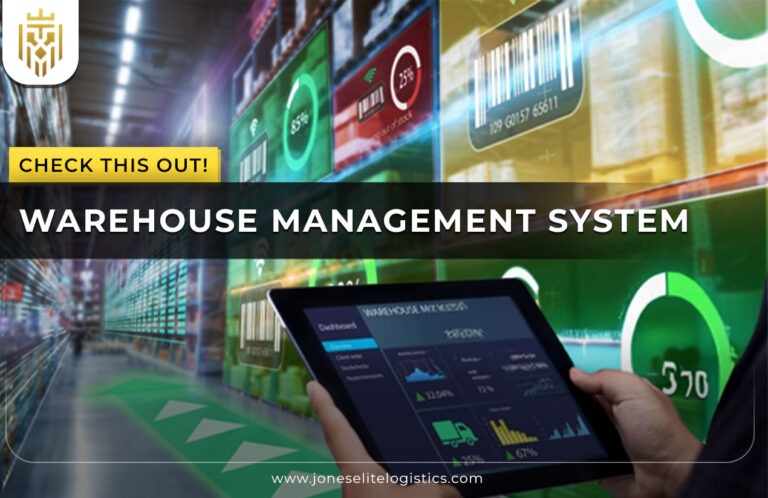What is Rail Freight Transport?
Rail freight transport is mainly the transport of goods using freight trains across railway networks. It is the cheapest and most efficient form of transporting large amounts of cargo over long distances. In India, rail freight transport plays a vital part in connecting industrial hubs to ports, warehouses, and distribution centres in support of domestic and international shipments.
-
What is the difference between rail freight and road freight?
The main difference between rail freight and road freight is the means of transport and the scale of cargo. Rail freight is more suited for more bulk goods over longer distances, while road freight is often better suited for shorter runs with more delivery options. Generally, rail is more fuel-efficient and has lower emissions, while road freight is used for more direct point-to-point delivery with better last-mile accessibility.
-
Factors That Determine the Rail Freight Costs
Several variables influence the cost of transporting goods by rail. These factors need to be considered while planning shipments.
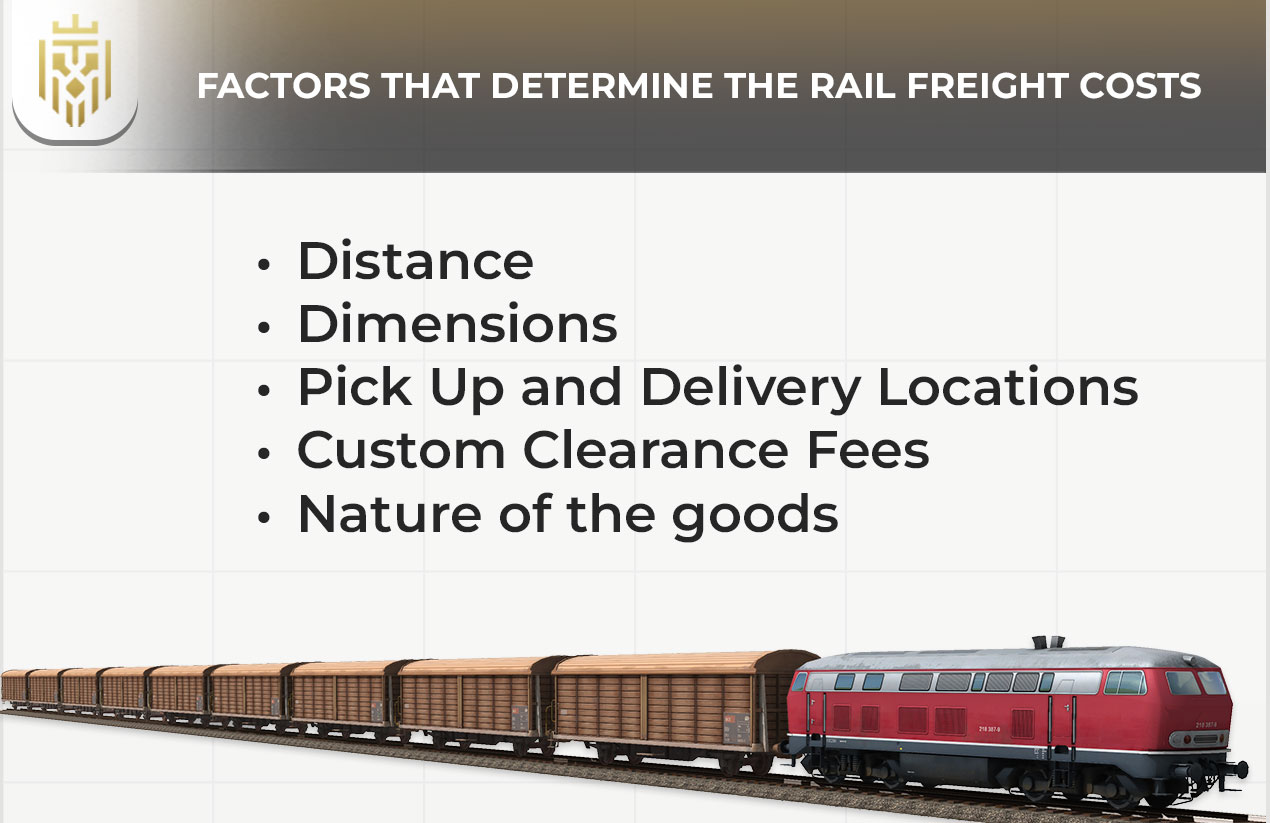
-
Distance
As a general rule, longer transport distances attract higher costs, although the per-km charge usually reduces with increased volume.
-
Dimensions
The size and weight of the cargo determine the price. Heavy or bulk goods could need special treatment and incur extra charges.
-
Pick Up and Delivery Locations
Distances from origin and destination to rail terminals significantly influence total cost, with additional charges applicable to remote or atypical routes.
-
Custom Clearance Fees
In the case of international shipment, customs clearance charges would apply, subject to the type and value of the goods.
-
Nature of the goods
Hazardous or delicate items probably require special containers, additional handling, and insurance, raising the ultimate cost.
What Are the Types of Rail Freight Services?
Rail freight offers different service models based on cargo type and transport needs.
-
Mixed Freight
Mixed freight is a type of freight transported on one inbound train from different customers. It usually results in lower costs but has longer transit times.
-
Unit Trains
These run exclusively with single commodities moving from one origin to one destination, shutting off any intermediate locations- these are faster and more efficient.
-
Intermodal Freight
Intermodal freight comprises the use of containers transferable between rail, road and, in some instances, sea. It reduces handling and provides highly flexible multimodal logistics.
Choosing The Right Freight Service
To ensure a smooth shipping experience, certain steps should be followed when selecting and using a rail freight service.
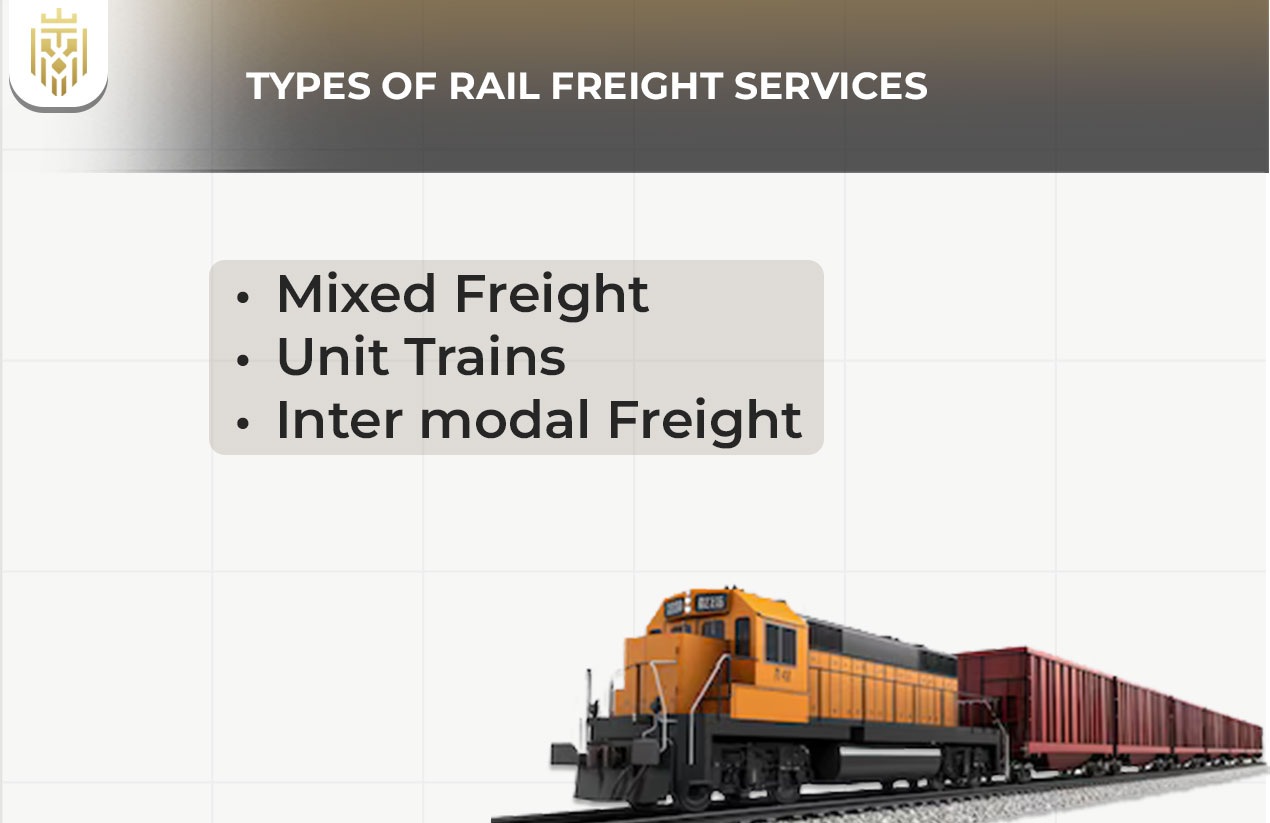
-
Booking your Shipment
Start by reserving space with a reliable rail service provider. Share accurate cargo details and timelines to secure appropriate arrangements.
-
Loading and Securing Goods
Avoiding any damages while in transit relies on proper loading and securing of cargo. Use accepted materials and methods for different sorts of goods.
-
Tracking Your Shipment
Various service providers may offer shipment tracking so that clients can watch the movement of shipments in real time and plan for arrival and unloading adequately.
Advantages of Rail Freight Transport
Rail freight presents several logistical and environmental advantages that make it a strong option for both domestic and international transport.
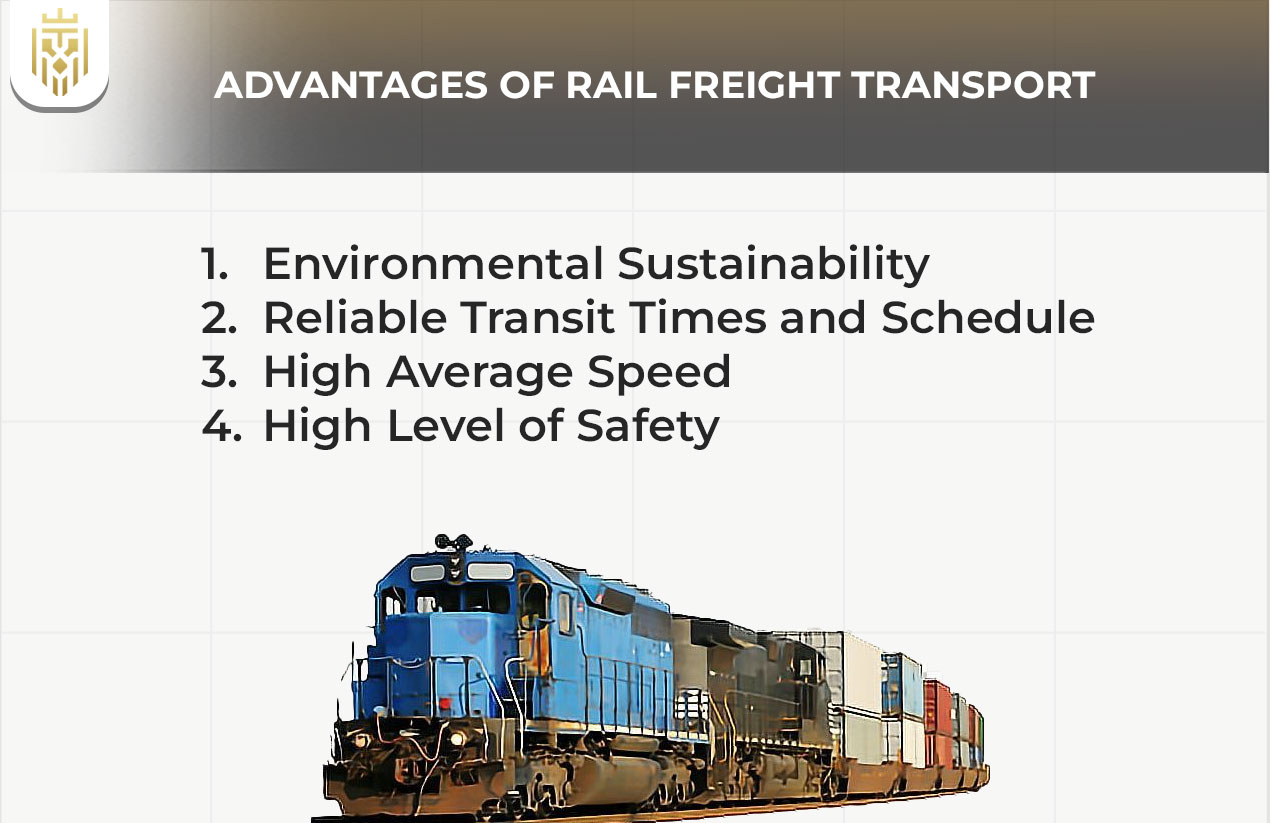
-
Environmental Sustainability
Compared to road transport, rail transport is a more energy-efficient and lower carbon-emitting means of transport, thus allowing for greener logistics.
-
Reliable Transit Times and Schedule
With fixed schedules provided by rail, very few delays are experienced, thus providing predictability and dependability in delivery planning.
-
High Average Speed
Freight trains being fast over long distances are best suited for time-sensitive bulk shipping.
-
High Level of Safety
With less risk of accidents and interruptions, carriage by rail minimises the possibility of damage or tampering with goods.
Challenges of Rail Freight Transport
Despite its benefits, rail freight transport comes with certain challenges that can affect operations.
-
Limited last-mile connectivity
Rail service usually connects large terminals, and hence, other means must be arranged for the last mile to a particular location.
-
Capacity and Congestion
Congestion on rail networks experienced during peak seasons leads to either delays in shipment or reduced availability of space.
-
Operational Inefficiencies
Delays in scheduling, handling, or infrastructure limitations can impact overall efficiency and increase turnaround times.
-
Organisational Issues
Divergence amongst various stakeholders often holds authorities of the railways and hired handlers in communication gaps and mismanagement.
FAQs
1.What is Rail Freight Transport?
It refers to the carriage of goods by train between various regions or countries, especially for the bulk transportation of goods over long distances.
2.What is the difference between rail freight and road freight?
Rail freight is highly suitable for bulk and long-distance transport by train, while road freight is dynamic and most suitable for short-distance trips or the final mile alternative.
3.What is intermodal rail transport?
It relates to a variety of multimodal transport systems that employ rail without having to unload containers into a freight truck or off-road.
4.What are the advantages of rail freight transport?
Some of these are cost efficiency, environmental sustainability, reliable transit schedules, the best safety standards, and higher transport speed for long-distance delivery.


